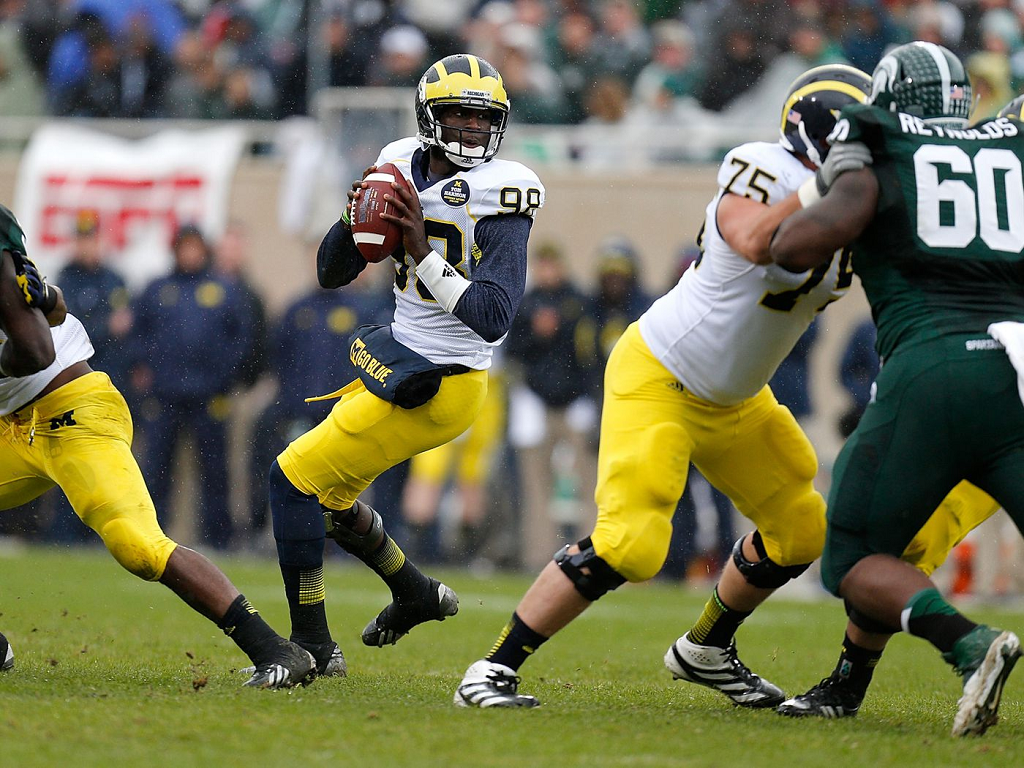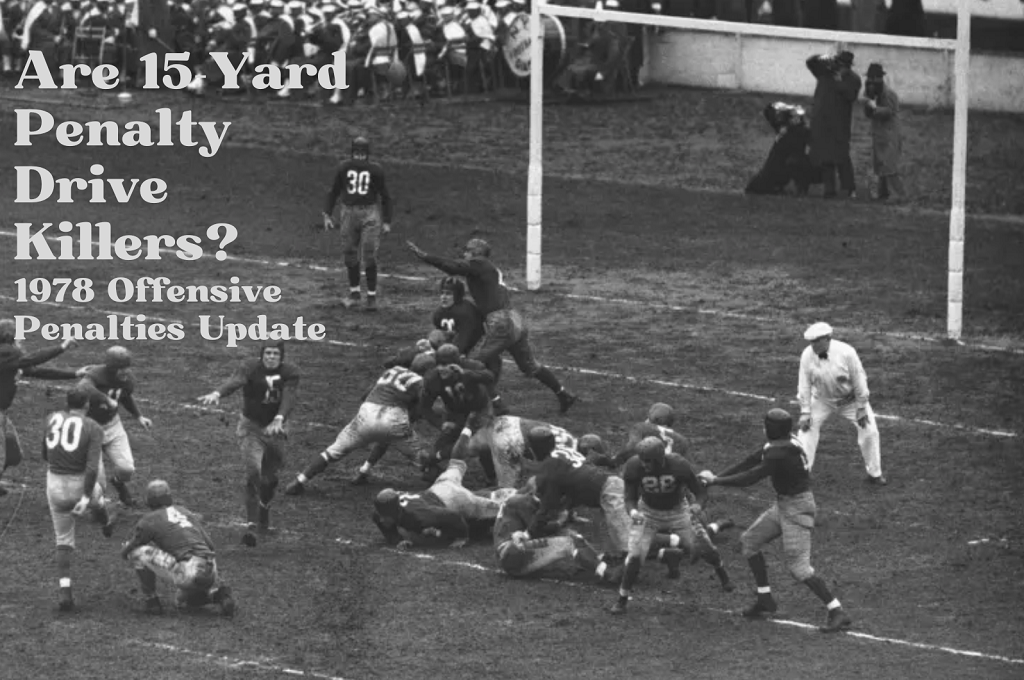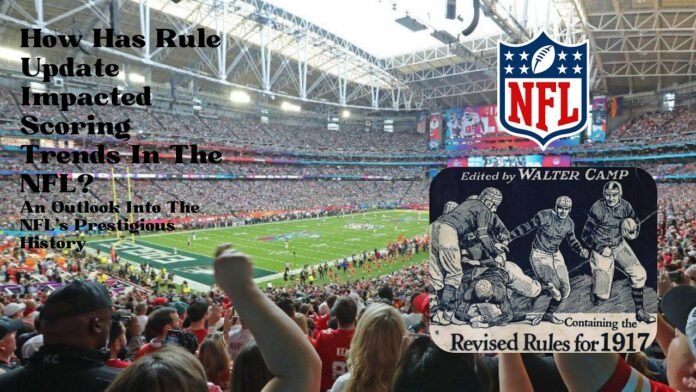NFL rules haven’t been steady; they have changed, and with the change in rules, numerous things about football have changed.
The National Football League first published its independent rule book around the end of the 1930s. Before that, football was based on the college football rulebook.
Only after a decade of the NFL’s foundation did the league decide to form its Rules Committee. This helped professional football separate from college football.
The rule update has changed numerous things, including offensive efficiency, player safety, strategic developments, and defensive play evolution.
Besides everything, one game-dictating factor that has changed its face is the scoring trend.
The trend of scoring in football has witnessed a heavy enhancement from the low-scoring era to modern scoring trends.
The 1979 Mel Blount Rule, the 1979 Offensive Penalties Reduction Update, and the Goal Post Relocation have greatly disrupted scoring.
Here are some key rule changes that have helped spike up the scoring trend in the NFL over the history of the sport:
The Mel Blount Rule (1978)
The NFL introduced the rule to bar the former Steelers cornerback Mel Blount from executing dangerous interceptions.
The 1978 Mel Blount Rule banned defensive backs from having contact with receivers beyond a limit.
It barred the defensive position players from even touching receivers beyond five yards from the line of scrimmage.
This rule helped open up the offensive positions, allowing quarterbacks to complete more passes in the games. It led to an explosion in scoring within a season.

The wide receivers got more freedom to run their routes, leading to more complete passes and touchdowns.
Before the rule, CBs quickly jammed, held receivers all over the field, and only allowed low-volume passes.
However, the rule update had an immediate effect. In the late 1970s, the PPG hiked by a few points, reaching almost 50 combined.
Enforcement of Illegal Contact (2004)
While the NFL was entering a new era of scoring in the early 2000s, limiting defensive play was another topic.
In 2004, the NFL brought a newer update to its rule book, the official enforcement of Illegal Contact.
With the enforcement, the league instructed the officials to call penalties more frequently than in previous seasons.
The team would be penalized when defensive players made contact with wide receivers beyond five yards downfield while the quarterback was still in the pocket.

Penalties were also based on whether or not the contact would materially impact the play. Officials had the decision to judge the incidental contact and convert penalties.
The rule increased the scoring by limiting the physical contact of WRs with the defensive backs.
Offensies could run more freely in the field and convert the pass more often than ever into points.
Easier Pass-Blocking Rules (1978)
In 1978, the NFL eased the pass-blocking rules as part of the discovery, innovation, and update phase.
The rules allowed the offensive linemen to extend their arms and use open hands while blocking a pass.
It increased the offense’s on-air engagement with the defenders during pass plays, which led to a more open passing game.

More passes mean more chances of goal and scoring, and similarly, the rule update increases the potential scoring odds in a game.
This rule change gave the offensive linemen extra time to make plays and run the game, in addition to just scoring.
Defenders, struggling with the eased pass-blocking rules for the offenses, innovated new techniques to compete with it.
Reduction Of Offensive Penalties (1974)
The reduction of offensive penalties in 1974 had a steady but crucial impact on scoring increment in football.
Though it doesn’t seem apparent, the rule update made football more offense-friendly and even fans enjoy offensive scoring.
The 1974 rule change reduced the penalty for offensive holding, illegal hand use, and tripping to 10 yards from 15 yards.

The league believed that the 15-yard penalty was a drive-killer, which made ball recovery for the offense more difficult.
In that era, passing efficiency was already very low. The long penalty further killed the game’s flow, allowing almost no recovery after the penalty.
However, after the update, recovery was easier, and the team could continue drives. It abruptly increased the scoring opportunities.
Read more to discover 2025 NFL Franchise Tag Candidates and the Longest Field Goal in NFL History.



